For years, his paintings were collected by private owners and museums, yet because all were unsigned the painter remained a mystery. Only in the late 1930s was first signed painting located – “The Capture of H.B.M. ‘Macedonian’ by the U.S. Frigate ‘United States,’ October 25, 1812, signed by T. Chambers.
From the New York Times: Setting Full Sail Toward the 20th Century
Continue reading

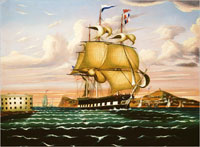
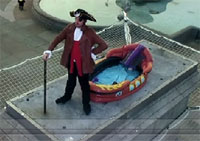 In July we posted about the exhibition of
In July we posted about the exhibition of 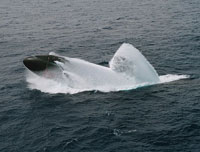
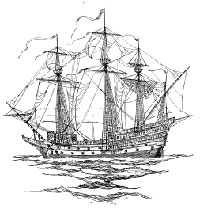 Thanks to Dick and Ben Kooyman for passing along this intriguing account of a new search for the legendary
Thanks to Dick and Ben Kooyman for passing along this intriguing account of a new search for the legendary 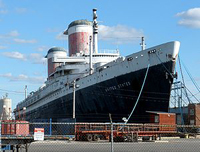 The
The  After sailing into a bulk carrier earlier this month on her first day at sea after apparently dozing off, sixteen year old Jessica Watson has set sail once again on her attempt to circumnavigate the globe singlehanded. While she has received the
After sailing into a bulk carrier earlier this month on her first day at sea after apparently dozing off, sixteen year old Jessica Watson has set sail once again on her attempt to circumnavigate the globe singlehanded. While she has received the 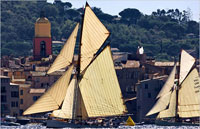 Saint-Tropez Races Bid Summer Adieu
Saint-Tropez Races Bid Summer Adieu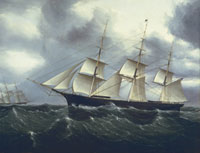 “The Leaving of Liverpool” is a wonderful sea song, capturing both the promise of a new voyage and the sadness of leaving loved ones behind. It was “collected” by
“The Leaving of Liverpool” is a wonderful sea song, capturing both the promise of a new voyage and the sadness of leaving loved ones behind. It was “collected” by 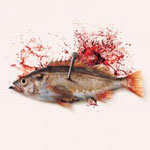 Daniel Pauly has an article in this month’s New Republic “
Daniel Pauly has an article in this month’s New Republic “

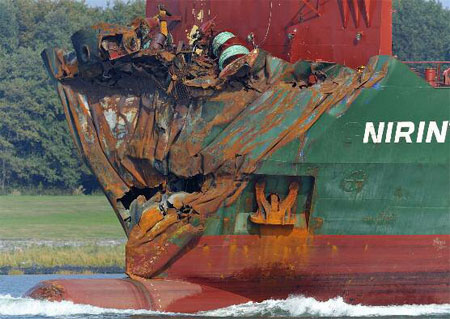
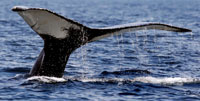 In honor of our unexpected whale watching in New York harbor, we are taking a brief look at whale watching around the country this summer. It has been an interesting summer indeed. After staying off shore for several years,
In honor of our unexpected whale watching in New York harbor, we are taking a brief look at whale watching around the country this summer. It has been an interesting summer indeed. After staying off shore for several years,  As reported by the Stockholm News –
As reported by the Stockholm News –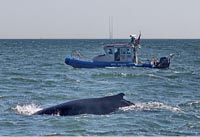

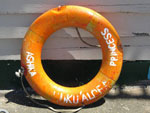 There will be a
There will be a  Perhaps it is the thought that counts. Swiss lawmakers have decided against joining EU anti-piracy efforts because it would violate the country’s long-held tradition of neutrality. The land-locked country lacks a blue water navy so could not send a ship or ships to support the efforts but had considered sending thirty military support personnel. The Swiss navy does operate ten patrol boats on Lakes Konstanz and Leman. Thirty-two merchant ships in international trade fly the Swiss flag.
Perhaps it is the thought that counts. Swiss lawmakers have decided against joining EU anti-piracy efforts because it would violate the country’s long-held tradition of neutrality. The land-locked country lacks a blue water navy so could not send a ship or ships to support the efforts but had considered sending thirty military support personnel. The Swiss navy does operate ten patrol boats on Lakes Konstanz and Leman. Thirty-two merchant ships in international trade fly the Swiss flag.